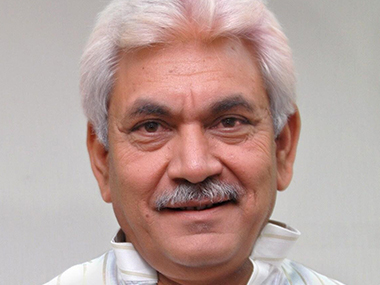The government has set up a panel to study and to examine the rollout of 5G services in India. According to
**various reports** , the panel will approve roadmaps associated with the rollout by 2020. [caption id=“attachment_3339918” align=“alignleft” width=“380”] Manoj Sinha. Photo credit: Twitter[/caption] A 5G network is designed to be more efficient than a 4G network and thus, it can transfer more data in the same network band. This, in turn, can result in a more efficient network, lower power consumption, latencies, etc. Another major advantage of the network is that it’s been designed to support IoT (Internet of Things) devices. This will have an impact on India’s Smart Cities plan and the like. The decision to push for 5G at a time when India’s 4G rollout is still ongoing and compatible devices are scarce might seem odd . Minister of State for Communications Manoj Sinha told reporters at a press conference that, “We missed the opportunity to participate when the standards were being set for 3G and 4G, and don’t want to miss the 5G opportunity.” (Also read: What is 5G? ) According to Sinha, the 5G rollout in India is set to be on par with a global rollout of the network, when it happens. Tech companies and telcos alike are already gearing up for a 5G rollout. A recent report by IANS indicated that 83 percent of technology companies will have 5G solutions deployed within 24 months. A report in April also indicated that Airtel and BSNL are teaming up with Nokia to bring 5G services to India. Both telcos have signed an MoU (Memorandum of Understanding) with Nokia. Qualcomm and Intel , both of whom have a stake in the 5G arms race, are already developing newer 5G hardware for the next generation mobile devices.
The government has set up a panel to study and to examine the rollout of 5G services in India. The panel will approve road maps.
Advertisement
End of Article


)



